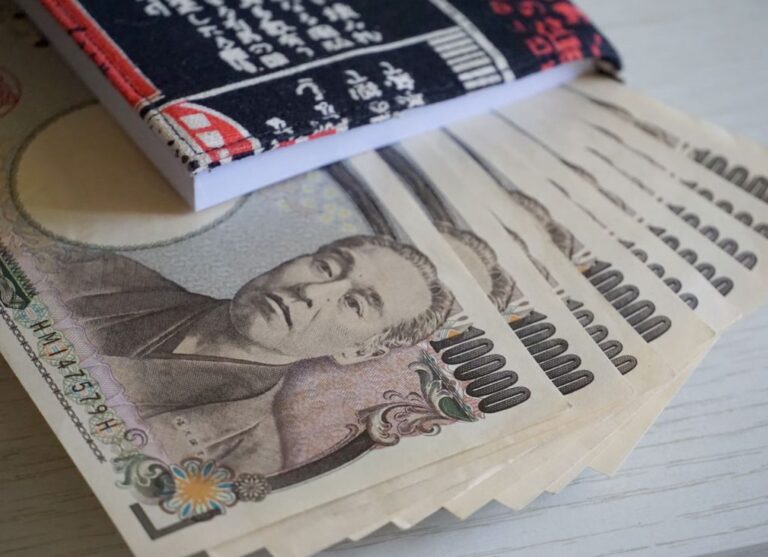
South African Recession Blown Away
Discussion and Analysis by Charles Porter:
A recession in the South African economy has ended. This has been signalled by strong and positive annualised second quarter real GDP growth statistics. The growth performance of the South African economy surpassed expectations, resulting in an appreciation of the Rand, despite expectations already correctly forecasting the end of the recession.
The annualised estimate of growth in second quarter Gross Domestic Product (GDP) was released at 10:30 (BST) this morning. It boasted the end of a six-month recession, and exceeded market estimates. The figure, released by Statistics South Africa, was 2.50%. Despite signalling the end of, by definition, the shortest recession possible, the Rand experienced a sizeable boost against other major currencies, including the Euro and Dollar.
Against the Dollar, the Rand appreciated by a maximum differential in excess of 0.8%. The main driver behind the GDP growth acceleration was the agriculture, forestry and fishing industry, supplemented by finance, mining and utilities industries. Agricultural sector growth was facilitated by the end of a drought that had inhibited the South African agricultural community.
Interestingly, the industry incorporating agricultural, forestry and fisheries activity was comparably strong in the previous quarter, with mining quarter on quarter growth far greater in Q1 than Q2. Whilst the aggregate economy shrunk in Q1, the positive growth in Q2 represents a lack of inhibition from other sectors, namely trade, in conjunction with a lower initial output level.
Interestingly, the 2.5% growth figure still falls far short of the National Development Plan (2030) which highlights an imperative threshold of 5% growth on average, per annum. It is apparent that the market has not validated this figure as credible or realistic. However, the propensity for growth clearly exists, particularly within the mining and agriculture sectors. This makes the target a possibility, but by no means a certainty, at least within the short term.
The end of the statistics foreword may explain the limited extent of the Rand’s advance. The report ends with the admonition that whilst real Q2 growth is “impressive”, “longer-term indicators show subdued growth”. South Africa’s surprise interest rate cut in July, the first in five years for the economy, may change the fortunes of the economy’s growth. What will remain pivotal for the attainment of any growth target is the curtailment of high inflation.
Related Insights

Morning Brief – Japanese Yen
Japanese Yen With JPY at a new 34 year low versus EUR, the market is set for an ambush by the Bank of Japan if it acts today at the end of their Policy Meeting to support the Yen. The reason that the market is susceptible is because it has convinced itself that the BoJ […]

Morning Brief – Coalition
Coalition This briefing is about South Africa and the Rand, which frequently proves to be one of the more divisive subjects within our roster of currencies. In particular, with the election looming, this will be about South African governance. Not from a political or human perspective about what may be the best long term outcome […]

Morning Brief – US Tariffs on Chinese Imports
US Tariffs on Chinese Imports Recently we wrote about how Mexico has become the Number One trade partner for the USA. It now transpires that Mexico may have had what is known as a little assist with their numbers: the statistics for the number of 20 foot shipping containers for the first three Quarters of […]


 Humphrey Percy
Humphrey Percy Charles Porter
Charles Porter